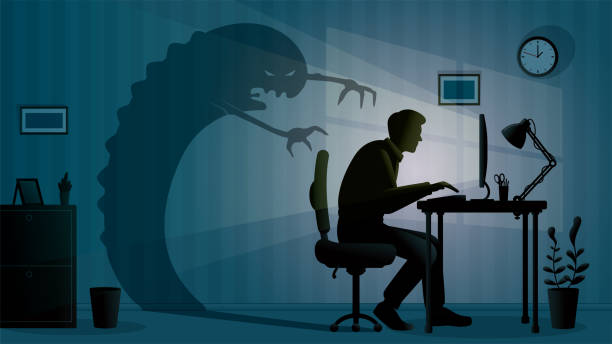Today, the average adult spends most of their day sitting—whether it’s at a desk, in a car, or on the couch. As a physical therapist, I see firsthand the detrimental effects this sedentary lifestyle has on our bodies. Prolonged sitting is more than just a harmless habit; it’s a silent killer with far-reaching consequences for our health. Understanding the importance of standing more throughout the day and adopting proper office ergonomics can make a world of difference.
The Dangers of Sitting Too Long
1. Musculoskeletal Problems: Sitting for long periods can lead to poor posture, which in turn can cause back, neck, and shoulder pain. The spine is meant to move, and when it’s immobilized for too long, it can lead to chronic issues like herniated discs and muscle degeneration. In my physical therapy practice, I see these issues all too often.
2. Cardiovascular Risks: Prolonged sitting is linked to an increased risk of heart disease. Sitting slows down metabolism, which affects the body’s ability to regulate blood sugar and blood pressure, and to break down body fat.
3. Metabolic Syndrome: Sedentary behavior is a significant risk factor for developing metabolic syndrome, which includes conditions such as high blood pressure, high blood sugar, excess body fat around the waist, and abnormal cholesterol levels. These conditions increase the risk of heart disease, stroke, and type 2 diabetes.
4. Mental Health Concerns: Mental well-being is also affected by prolonged sitting. It can lead to higher levels of anxiety and depression. Regular movement is known to release endorphins, which are natural mood lifters.
Benefits of Standing More
1. Improved Posture and Core Strength: Standing encourages better posture and engages muscles that are otherwise neglected during prolonged sitting. This can help reduce back and neck pain. This is something I, and most other physical therapists, preach daily.
2. Enhanced Circulation: Standing promotes better blood flow throughout the body, which can help prevent blood clots and reduce the risk of cardiovascular problems.
3. Increased Energy and Productivity: Many people find that standing more during the day helps to increase energy levels and productivity. It can reduce feelings of fatigue and improve focus.
4. Caloric Burn: Standing burns more calories than sitting, which can help with weight management and reduce the risk of obesity.
Proper Office Ergonomics for Desk Workers
To mitigate the dangers of prolonged sitting, it’s crucial to implement proper office ergonomics. Where we practice physical therapy, in Peyton, CO, there’s a large number of folks that work remotely. Here are some tips to help desk workers maintain a healthier posture and stay more active throughout the day:
1. Ergonomic Chair: Invest in a good ergonomic chair that supports the natural curve of your spine. The chair should have adjustable height and armrests to ensure your feet are flat on the floor and your arms are at a comfortable angle.
2. Desk Height: Your desk should be at a height where your elbows are at a 90-degree angle when typing. If the desk is too high or too low, it can strain your shoulders and neck.
3. Monitor Position: The top of your computer monitor should be at or just below eye level, about an arm’s length away. This helps to avoid straining your neck and eyes.
4. Keyboard and Mouse Placement: Keep your keyboard and mouse close enough to avoid reaching. Your wrists should be straight and at or below elbow level.
5. Standing Desk: Consider using a standing desk or a desk converter that allows you to alternate between sitting and standing. This can help reduce the time spent sitting and promote more movement.
6. Take Regular Breaks: Stand up and move around at least once every 30 minutes. Stretching, walking, or doing a few exercises can significantly reduce the risks associated with prolonged sitting.
7. Footrests and Cushions: Use a footrest if your feet don’t comfortably reach the floor. Cushions can also provide additional support for your lower back.
Incorporating more standing and movement into your daily routine and optimizing your workspace with proper ergonomics can have profound effects on your health. As a physical therapist, I encourage everyone to be mindful of the time they spend sitting and to take proactive steps to stand more and move regularly. Your body will thank you for it, both in the short term and in the years to come. Remember, small changes can lead to significant improvements in your overall well-being.
Come work with a professional that can help correct your posture quickly! Schedule a free consultation here!





